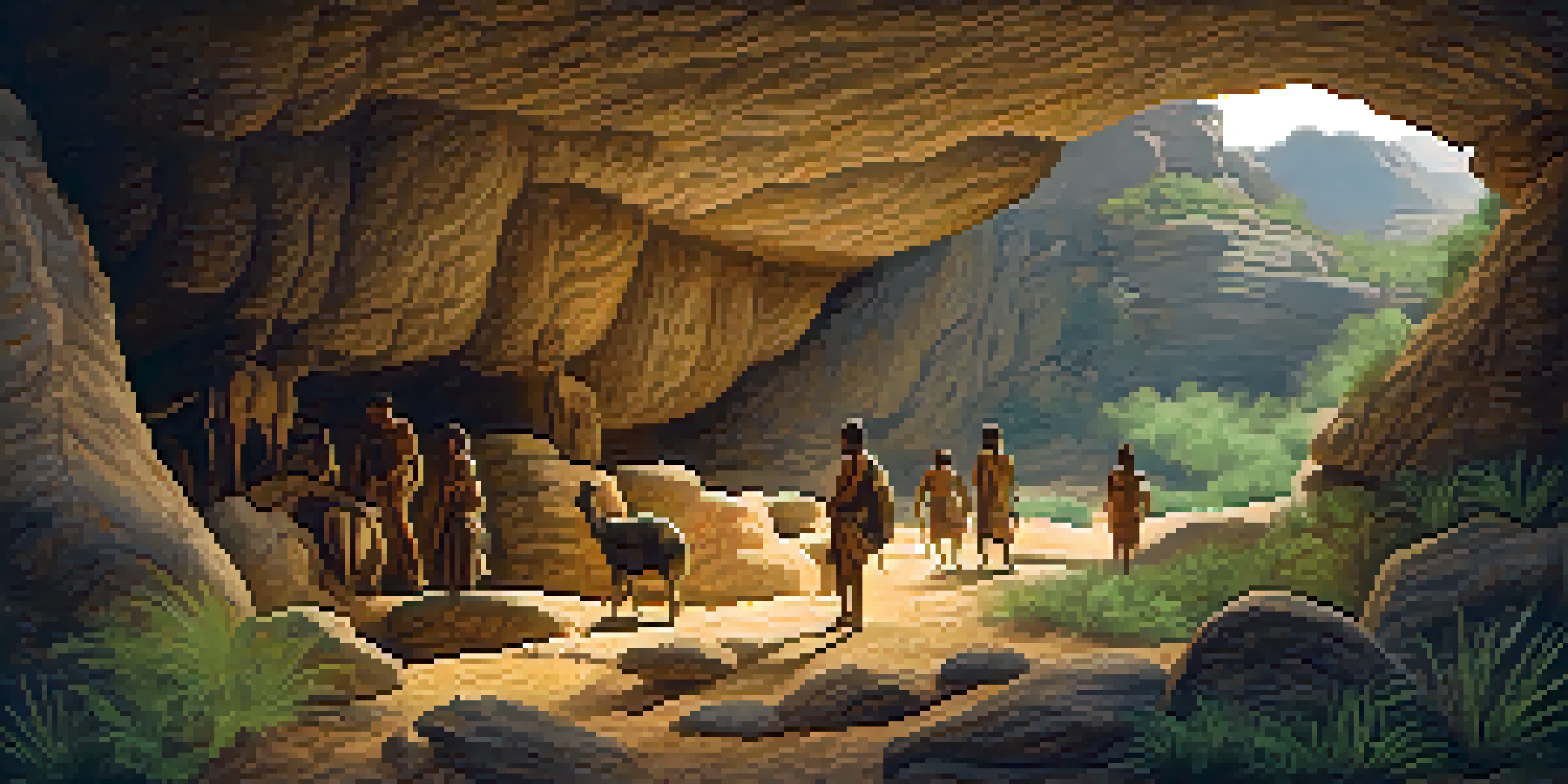Art Movements: A Journey Through History and Their Impact

The Birth of Art: Prehistoric to Ancient Civilizations
Art has been a part of human expression since prehistoric times, with cave paintings serving as some of the earliest examples. These artworks not only depicted the daily lives of early humans but also held spiritual significance, reflecting their beliefs and rituals. As civilizations developed, so did the complexity and purpose of art, with ancient Egyptians and Greeks using it to convey power, beauty, and mythology.
Classical Art: The Foundation of Western Aesthetics
Emerging from ancient Greece and Rome, Classical art laid the groundwork for many aesthetic principles still valued today. It emphasized harmony, proportion, and the idealized human form, as seen in sculptures like the 'Venus de Milo.' This focus on realism and beauty influenced countless artists in the Renaissance and beyond, shaping Western artistic traditions.
Art's Evolution Reflects Society
From prehistoric cave paintings to contemporary street art, the evolution of art mirrors the changing beliefs, values, and experiences of human society.
The Renaissance: A Rebirth of Creativity and Thought
The Renaissance, spanning from the 14th to the 17th centuries, marked a remarkable flourishing of art and humanism. Artists like Leonardo da Vinci and Michelangelo pushed boundaries, blending science and art to create masterpieces. This movement not only revitalized classical themes but also celebrated individualism and the human experience, leaving a lasting impact on culture and philosophy.
Baroque and Rococo: Drama and Ornate Elegance
The Baroque period, characterized by grandeur and emotion, emerged in the 17th century and sought to evoke feelings through dramatic contrasts of light and shadow. Artists like Caravaggio and Rembrandt created intense narratives that drew viewers in. Following Baroque, the Rococo style introduced playful elegance and intricate designs, reflecting the lighter, more carefree aspects of life.
Renaissance Sparked Artistic Innovation
The Renaissance era was pivotal in blending science and art, leading to groundbreaking works that celebrated individualism and human experience.
Romanticism: Embracing Emotion and Nature
The Romantic movement of the late 18th and early 19th centuries shifted focus from reason to emotion, celebrating the individual and the sublime beauty of nature. Artists like Caspar David Friedrich captured dramatic landscapes that stirred deep feelings. This movement was a reaction against industrialization, emphasizing personal experience and the power of imagination.
Impressionism: Capturing Fleeting Moments
In the late 19th century, Impressionism revolutionized the art world by focusing on the effects of light and color, often painted en plein air, or outdoors. Artists such as Claude Monet and Edgar Degas sought to capture the essence of a moment rather than a detailed representation. This approach laid the groundwork for modern art, encouraging future movements to explore abstraction and spontaneity.
Modernism Redefined Artistic Boundaries
Modernism challenged traditional art forms, paving the way for abstraction and encouraging artists to explore subjective realities.
Modernism: Breaking Traditions and Seeking New Forms
The Modernist movement emerged in the late 19th and early 20th centuries, challenging traditional artistic conventions. Artists like Pablo Picasso and Wassily Kandinsky experimented with abstraction, emphasizing the subjective experience of reality. This departure from realism paved the way for numerous styles, including Cubism and Surrealism, reshaping the art landscape.
Contemporary Art: A Reflection of Today’s Society
Contemporary art encompasses a diverse range of styles and media, often reflecting current social, political, and technological issues. It encourages dialogue and experimentation, with artists like Banksy using street art to comment on societal challenges. As we navigate the complexities of the modern world, contemporary art continues to inspire and provoke thought, showcasing the ever-evolving nature of human expression.